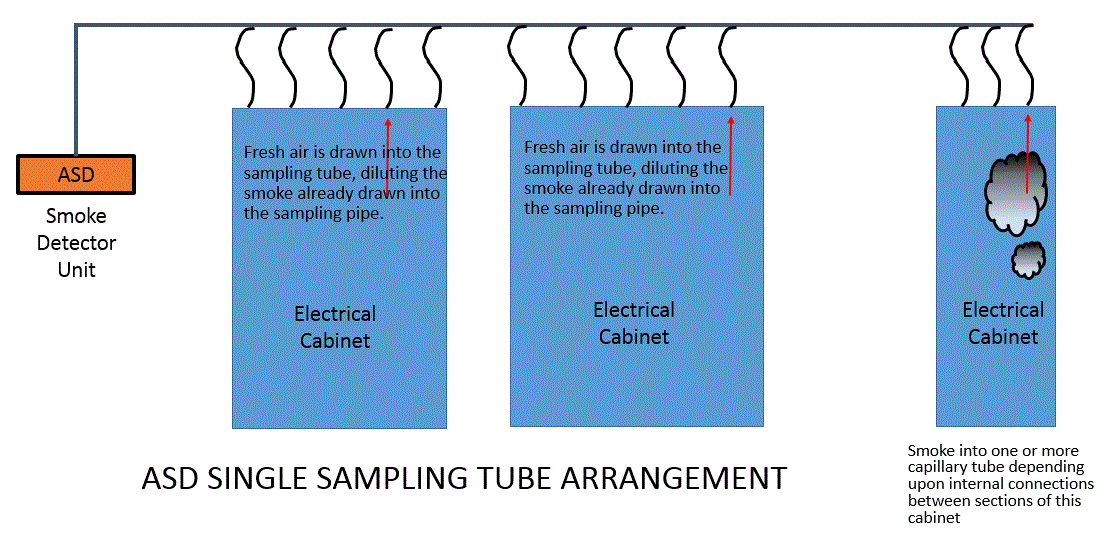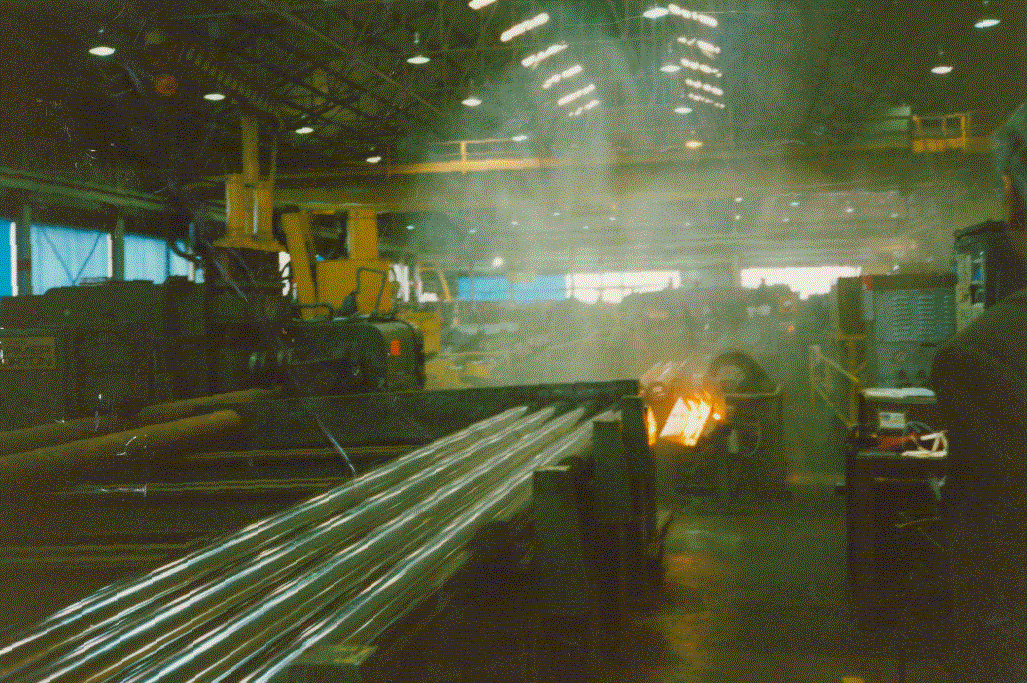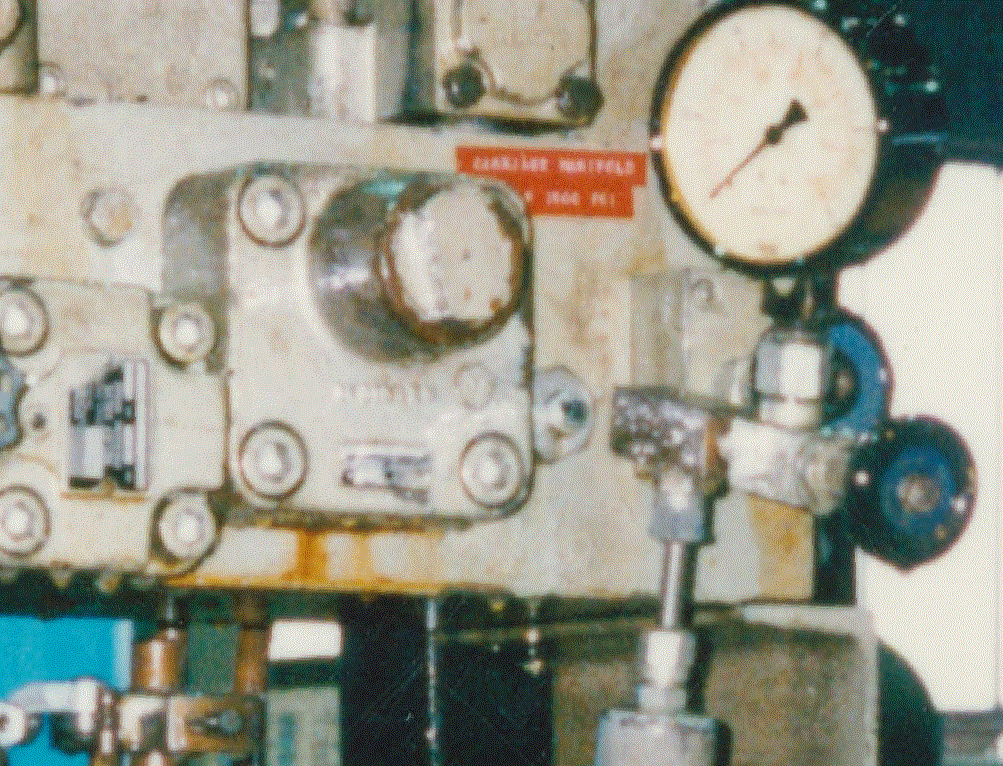
Helping you achieve excellence in property protection




Projects - Lessons Learned
In many of the projects we undertake there are important takeaways which can assist new clients in similar situations. Whether it be procedural aspects or physical improvements, it is important to take these lessons and consider them in the context of your organisation. Below are some examples of lessons we have learned from previous projects.
Aspirated smoke detection settings, layout and sensitivity
We received a client request to carry out a detailed integrity test of the fire detection systems in ten electrical switch rooms at a mine site. The switch rooms (fixed as well as mobile plant) were in hot, dusty environments and protected with aspirated smoke detection (ASD) systems piped directly into electrical cabinets. This request was made as part of the mine's structured response to a risk auditor's question about "the adequacy of the existing fire detection and manual response" versus "installing automatic fire suppression to the switch rooms".
The operational dependency of these switch rooms was obviously an important first question, but one that the site felt they were in the best position to answer. However the question regarding the adequacy of the existing fire detection was an area where the site felt they needed expert opinion.
From the outset, our view was that a high dependency existed with the fire detection systems. The rooms were unoccupied and a reliable early warning system was essential. During our site investigations, we reviewed, among other things, the system layout and alarm settings, assessing the sensitivity of the fire detection systems to "real life" fire situations. Contrary to the client's expectations, two of the ten systems failed to detect "test smoke" released within the cabinets. The remaining systems while able to raise an alarm from the "test smoke", had very high detection thresholds, resulting in extremely delayed responses. This was a problem as early detection was a key performance factor required from the fire alarm systems.
We found that:
-
The original ASD designs in some rooms was inadequate for the required early performance.
-
Although the maintenance schedule included annual cleaning for the dusty environment, service providers had also been gradually adjusting alarm thresholds inappropriately. As sampling was from small cabinets, this had the effect of desensitizing the entire system.
-
The fire systems were not commissioned independently and there was no established functional test plan/schedule to identify these type of performance failures.
-
These and other factors resulted in two systems not being fit for purpose.
As a result, the client took steps to implement the fifteen recommendations offered in our detailed site report.


Insurance loss estimates and fire engineering
The determination of credible insurance market loss estimates can be critical when accurately portraying the risks and financial exposures of your organisation and when assessing the limits of your property insurance program.
Based upon our extensive work in this field, we believe that all too often, risk practitioners make the mistake of simplifying their reviews by:
-
Not establishing a suitable level of conservatism, consistent with the loss event definitions being applied.
-
A failure to establish the correct exposures to consider.
-
Not understanding the asset costs and repair/replacement values.
-
A lack of a risk assessment to determine credible scenarios.
-
Inadequate engineering analysis to back up the judgement applied on key "consequence" aspects such as fire spread, impact of fire, damage to building and content, fire brigade response, etc.
DelFire believes in bringing the necessary tools and techniques into our assessments to property quantify the loss estimates. In our past projects we have used various tools such as:
-
Tailored Risk Assessments
-
Monte Carlo modelling
-
Fire Engineering heat transfer calculations
-
Fire, heat and smoke modelling using FDS software
-
Hydraulic calculations of fire water systems and their dependency on key components
-
Research, investigation and testing of heat damage to fine art (paintings) as part of loss estimates for museums
Fires in pressurised combustible fluids
A common exposure in the fire industry is the risk of hydraulic oils. In essence, combustible liquids (if under pressure) can atomise when released, forming a readily ignitable mixture. Once ignited, an atomised cloud of combustible liquid can burn like a virtual gas fire until all the fuel is consumed or the pressure reduced. Pressurised hydraulic fires are therefore extremely challenging if not impossible to extinguish.
Now to generate a liquid mist it is often considered by risk professional that a small pin hole or crack within a flexible hydraulic hose is the real risk. Because of the small opening and high pressure, the released oil is atomised as it is sprayed, resulting in the formation of an oil laden vapour cloud.
Some 20 years ago, during a cold winter morning site inspection of a metal fabrication workshop, the site manager and I were walking past the pipe cutting machine when we were both startled by a loud noise. We turned to see a large oil mist cloud forming over the top of the pipe machine’s control panel. As the cloud settled, it drifted down onto a small radiant heater which was located adjacent to the operator’s station. When the vapour cloud reached the radiant heater, it began to ignite.
Fortunately, the oil-soaked operator reached the remote isolation button and was able to shut down the machine. This prompt action stopped the stream of oil and the cloud rapidly dissipated.
Upon inspection of the pipe machine, we found that the burst hydraulic line was, in fact, a failed hard-piped pressure gauge fitting. It had failed in such a way that the ensuing stream of pressurised oil from a 6 mm pipe was hitting part of the failed fitting resulting in atomisation of the stream. If it were not for the prompt action of the machine operator in shutting down the unit, the atomised cloud of oil would very likely have been completely ignited and burned until all the oil on the unit was consumed.
From this lucky near-miss experience, I gained a greater appreciation of the fire hazards of pressurised combustible fluids. The lessons I took away from this incident included:
-
Both fixed and flexible pipes and fittings can be the source of a leak, and should not be discounted.
-
A thorough risk assessment covering the hydraulic components, surrounding ignition sources, maintenance programs and emergency procedures should be a part of any commissioning/regular inspection program.
-
While automatic fire shutoffs are preferred, remote isolation points can help save a situation when an operator is able to respond.
-
Potential ignition sources near hydraulic units are many and varied. Wherever possible, these should be minimised.
There are many industry references available on the fire risks of hydraulic systems. I strongly suggest that if these types of hazards are present in your facilities that the risks are thoroughly assessed.

